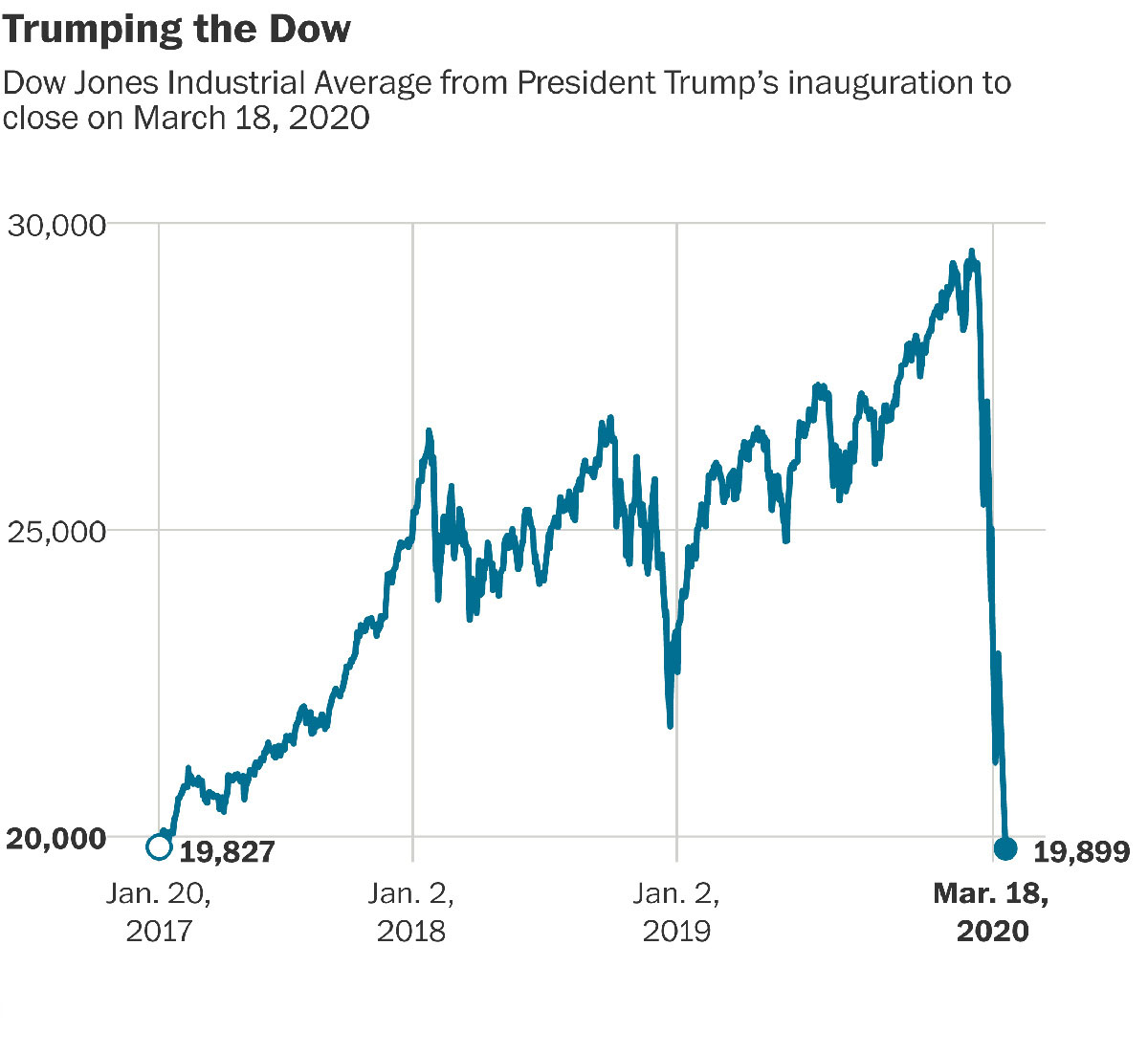Home>Finance>How To Secure Mergers And Acquisitions Technology


Finance
How To Secure Mergers And Acquisitions Technology
Published: February 24, 2024
Learn how to secure finance-related mergers and acquisitions technology with our expert tips and best practices. Protect your financial data and transactions effectively.
(Many of the links in this article redirect to a specific reviewed product. Your purchase of these products through affiliate links helps to generate commission for LiveWell, at no extra cost. Learn more)
Table of Contents
Introduction
In the fast-paced world of finance, mergers and acquisitions (M&A) have become common strategies for companies aiming to expand their market share, diversify their offerings, or gain a competitive edge. However, the integration of technology in M&A activities has introduced a new set of challenges and risks, particularly in terms of cybersecurity. As companies increasingly rely on digital infrastructure to drive their operations, the need to secure mergers and acquisitions technology has never been more crucial.
Amid the excitement of M&A deals, it's essential for organizations to prioritize the security of their technological assets. Failing to do so can lead to devastating consequences, including data breaches, financial losses, and reputational damage. Therefore, understanding the risks associated with M&A technology and implementing robust security measures are imperative for the success and longevity of the newly formed entity.
In this comprehensive guide, we will delve into the intricacies of securing M&A technology. From conducting thorough due diligence to integrating secure technology post-merger, each step plays a pivotal role in safeguarding the digital infrastructure of the involved entities. By embracing a proactive approach to cybersecurity and recognizing its significance throughout the M&A process, organizations can fortify their defenses and mitigate potential threats, ensuring a smooth and secure transition in the ever-evolving landscape of mergers and acquisitions.
Understanding the Risks
As companies engage in mergers and acquisitions, they are exposed to a myriad of risks, particularly in the realm of technology. The convergence of disparate IT systems, data repositories, and digital processes can create vulnerabilities that malicious actors are eager to exploit. One of the primary risks is the potential exposure of sensitive information during the due diligence phase. When two entities share confidential data to evaluate the feasibility of a merger or acquisition, the security of this information becomes paramount. Any breach during this phase can not only derail the deal but also lead to severe financial and legal repercussions.
Moreover, the integration of diverse technology stacks can introduce compatibility issues and security gaps, making the combined infrastructure susceptible to cyber attacks. Legacy systems within the merging entities may lack the robust security features necessary to withstand modern threats, further amplifying the risk. Additionally, the human factor must not be overlooked. Employees, particularly those unfamiliar with the new technology environment, may inadvertently compromise security through negligent or uninformed actions.
Furthermore, the regulatory landscape adds another layer of complexity and risk. Non-compliance with data protection laws and industry regulations can result in substantial fines and damage to the organization’s reputation. It is imperative for companies engaging in M&A activities to have a comprehensive understanding of the regulatory requirements governing the secure handling of data and technology.
By comprehensively grasping the multifaceted risks associated with M&A technology, organizations can proactively implement measures to mitigate these threats. From stringent data protection protocols to robust cybersecurity frameworks, addressing these risks is pivotal in safeguarding the digital infrastructure throughout the M&A journey.
Due Diligence Process
The due diligence process is a critical phase in any merger or acquisition, serving as the foundation for informed decision-making and risk assessment. When it comes to technology, due diligence entails a comprehensive evaluation of the digital assets, IT infrastructure, cybersecurity protocols, and compliance measures of the target company. This meticulous examination aims to uncover any potential vulnerabilities, security gaps, or regulatory non-compliance that could impact the success and security of the deal.
During the technology-focused due diligence, the acquirer’s team scrutinizes the target company’s IT systems, software applications, network architecture, and data management practices. This involves assessing the resilience of the existing cybersecurity measures, identifying any historical security incidents, and evaluating the overall cybersecurity posture. Additionally, it is essential to review the target company’s compliance with data protection regulations, industry standards, and any legal obligations pertaining to technology and information security.
Moreover, understanding the compatibility of the technology infrastructure is paramount. The due diligence process should uncover any potential challenges in integrating the IT systems of the merging entities, ensuring a seamless transition that does not compromise security. Furthermore, assessing the scalability and adaptability of the technology infrastructure is crucial, especially if the acquirer plans to expand or modernize the digital ecosystem post-merger.
By conducting a thorough technology-focused due diligence, organizations can gain valuable insights into the security and regulatory aspects of the target company’s digital landscape. This enables informed decision-making, risk mitigation, and the formulation of a strategic plan to address any identified shortcomings. Ultimately, a robust due diligence process sets the stage for a secure and successful merger or acquisition, laying the groundwork for a harmonious integration of technology and a fortified cybersecurity posture.
Implementing Secure Technology
Upon completing the due diligence process and finalizing the merger or acquisition, the next crucial step is the implementation of secure technology within the integrated entity. This phase demands a meticulous approach to ensure that the combined digital infrastructure is fortified against potential cyber threats and vulnerabilities. Implementing secure technology involves a series of strategic measures aimed at harmonizing IT systems, bolstering cybersecurity protocols, and fortifying the overall digital resilience of the newly formed organization.
One of the primary considerations in implementing secure technology is the consolidation and standardization of IT systems and processes. This involves aligning disparate technology stacks, streamlining software applications, and establishing a cohesive network architecture that prioritizes security and efficiency. Additionally, integrating robust cybersecurity measures, such as advanced threat detection systems, encryption protocols, and access controls, is imperative to safeguard sensitive data and thwart malicious activities.
Furthermore, organizations must prioritize the adoption of secure cloud solutions and data storage platforms to ensure the resilience and accessibility of critical digital assets. Embracing cloud-based technologies not only enhances scalability and flexibility but also reinforces data protection and disaster recovery capabilities, essential for a secure and agile digital ecosystem.
Moreover, implementing a comprehensive incident response plan is paramount. By establishing clear protocols for identifying, containing, and mitigating potential cybersecurity incidents, organizations can minimize the impact of security breaches and swiftly restore normal operations. Employee training and awareness programs play a pivotal role in this phase, ensuring that the workforce is equipped to recognize and respond to emerging cyber threats effectively.
By methodically implementing secure technology, organizations can fortify their digital infrastructure, mitigate potential risks, and foster a resilient cybersecurity posture. This proactive approach not only safeguards the integrity of the merged entity’s technology but also instills confidence among stakeholders and clients, reinforcing the organization’s commitment to security and operational excellence.
Employee Training and Awareness
Amid the integration of technology in mergers and acquisitions, the significance of employee training and awareness in cybersecurity cannot be overstated. The human element is often cited as one of the weakest links in the security chain, making it imperative for organizations to prioritize comprehensive training programs and cultivate a culture of heightened security awareness among their workforce.
Effective employee training initiatives should encompass a broad spectrum of cybersecurity topics, including best practices for data handling, recognizing social engineering tactics, identifying phishing attempts, and adhering to secure access protocols. By empowering employees with the knowledge and skills to navigate the digital landscape securely, organizations can significantly reduce the likelihood of human error leading to security breaches.
Furthermore, fostering a culture of heightened security awareness is instrumental in augmenting the organization’s overall cybersecurity posture. This involves promoting a sense of collective responsibility for maintaining a secure digital environment and encouraging employees to report any suspicious activities or potential security incidents promptly.
Regular security awareness campaigns, interactive workshops, and simulated phishing exercises can serve as effective tools to reinforce the importance of cybersecurity and equip employees with the ability to discern and respond to potential threats. Additionally, providing continuous education on emerging cyber threats and evolving security practices ensures that the workforce remains vigilant and adaptable in the face of evolving risks.
Moreover, integrating security awareness into the organizational culture fosters a proactive mindset, where employees actively contribute to the protection of digital assets and the preservation of data integrity. This collective vigilance not only fortifies the organization’s defenses but also cultivates a resilient security culture that permeates every facet of the business.
By investing in comprehensive employee training and awareness programs, organizations can empower their workforce to become proactive guardians of cybersecurity. This proactive approach not only strengthens the organization’s resilience against potential threats but also fosters a culture of security consciousness that is indispensable in the dynamic landscape of mergers and acquisitions.
Post-Merger Integration
Following the completion of a merger or acquisition, the post-integration phase is a critical juncture that demands a strategic approach to harmonizing the technology landscape and fortifying the cybersecurity posture of the combined entity. Effective post-merger integration entails a seamless convergence of IT systems, data repositories, and digital processes, while prioritizing the security and resilience of the integrated technology infrastructure.
One of the pivotal considerations in post-merger integration is the consolidation of IT systems and applications. This involves streamlining disparate technology stacks, optimizing software applications, and unifying network architecture to create a cohesive and secure digital ecosystem. Compatibility issues and security gaps must be diligently addressed to ensure a smooth and secure integration that mitigates potential vulnerabilities.
Furthermore, the alignment of cybersecurity protocols and practices is paramount. Establishing a unified cybersecurity framework that encompasses advanced threat detection, robust access controls, and comprehensive data encryption is essential in safeguarding the integrity of sensitive information and fortifying the organization’s defenses against cyber threats.
Additionally, post-merger integration necessitates a strategic focus on data governance and compliance. Ensuring adherence to data protection regulations, industry standards, and legal obligations pertaining to technology and information security is crucial for mitigating regulatory risks and upholding the organization’s commitment to ethical and secure data management.
Moreover, fostering a collaborative approach to cybersecurity and technology integration is instrumental in navigating the complexities of post-merger activities. Cross-functional teams comprising IT experts, cybersecurity professionals, and key stakeholders should collaborate to orchestrate a cohesive integration strategy that prioritizes security, operational continuity, and the seamless flow of digital processes.
By embracing a meticulous and strategic approach to post-merger integration, organizations can fortify the combined entity’s technology infrastructure, mitigate potential risks, and foster a resilient cybersecurity posture. This proactive endeavor not only facilitates a secure and harmonious integration but also sets the stage for sustained operational excellence and digital resilience in the dynamic landscape of mergers and acquisitions.
Conclusion
Securing mergers and acquisitions technology is a multifaceted endeavor that necessitates a proactive and strategic approach to safeguarding the digital infrastructure of the involved entities. As organizations navigate the complexities of M&A activities, it is imperative to recognize the inherent risks associated with technology integration and prioritize comprehensive security measures throughout the entire process.
By understanding the risks, conducting thorough due diligence, and implementing secure technology, organizations can fortify their digital resilience and mitigate potential vulnerabilities. The due diligence process serves as a crucial foundation for informed decision-making and risk assessment, providing valuable insights into the security and regulatory aspects of the target company’s digital landscape. Implementing secure technology involves a meticulous approach to harmonizing IT systems, bolstering cybersecurity protocols, and fortifying the overall digital resilience of the newly formed organization.
Furthermore, the significance of employee training and awareness in cybersecurity cannot be overstated. Cultivating a culture of heightened security awareness among the workforce empowers employees to become proactive guardians of cybersecurity, significantly reducing the likelihood of human error leading to security breaches.
Post-merger integration represents a critical phase that demands a strategic focus on harmonizing the technology landscape and fortifying the cybersecurity posture of the combined entity. By consolidating IT systems, aligning cybersecurity protocols, and upholding data governance and compliance, organizations can navigate the complexities of post-merger activities and fortify the combined entity’s technology infrastructure.
In conclusion, securing mergers and acquisitions technology is not merely a technical endeavor but a strategic imperative that underpins the success and resilience of the integrated entity. By embracing a proactive approach to cybersecurity and recognizing its significance throughout the M&A process, organizations can fortify their defenses, mitigate potential threats, and ensure a smooth and secure transition in the ever-evolving landscape of mergers and acquisitions.














